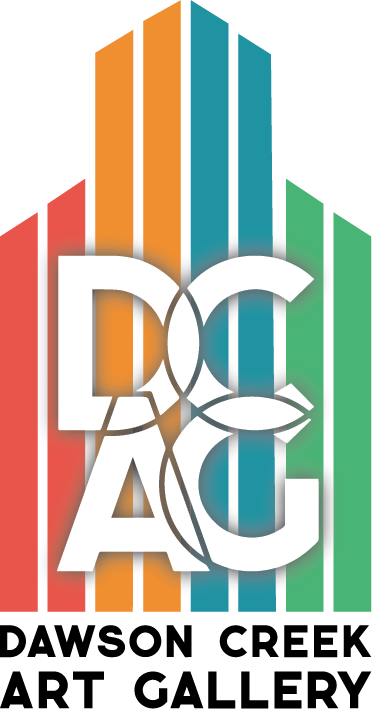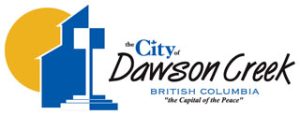By Haley Bassett, August 21st 2020
This week, I had the privilege of sitting down with visual artist turned writer Donna Kane. Our discussion ranged from the inspiration of her latest book to the concepts of art and poetry. Tune in next week for my article on Kane’s upcoming book of poems, Orrery.
As a visual artist who writes on the side, I came into the conversation with little knowledge of poetry. Like many angst-ridden, sad girls, I own a collection of poems by Sylvia Plath that is mostly ornamental. The depth of my appreciation of poetry is limited to song lyrics that I find particularly meaningful, so it is unsurprising that I would start our conversation with some very basic questions: what is poetry and why spend time on it?
Kane was generous in her answer. She explained that, for her, poetry is a means of exploring an idea or experience in an indirect way, which opens up the possibilities of discovery to a much wider scope than can be achieved with standard prose. By that logic, the value of poetry is in its openness. It is a meditation and an exercise in exploring the grey, the unexplained and the ineffable. It is a vehicle for piquing, but never sating, our curiosity.
That curiosity is one of the driving forces behind humanity’s impulse to create art in all forms. We spoke of this similarity between all art disciplines, and how poetry, like visual art and music, has many different genres for varying tastes. Kane proposes, and I wholeheartedly agree, that it is important to sample as many genres as possible to discover where your preferences lie.
This is true for consumers of art as well as creators. A balanced art diet is necessary for discovering what art you prefer, as well of what sort of art you should create and for what purpose. This notion runs counter to the myth that artists must isolate themselves from the world and restrict their influences in order to be “original”. The fact is, art is powerful and we are all influenced by it whether we are conscious of it or not. So it is better to recognize and harness your influences rather than deny them. Some of Kane’s influences include Jan Zwycky, a philosopher and poet, as well as poets Lorna Crozier, Louise Glück and Wislawa Szymborska, among many others. Kane describes their poems as accessible yet deep and meaningful, and ideal as a beginner’s guide to poetry.
During my recent conversation with visual artist Barbara Swail (check out Issue 3 of NAR!), she too maintained that the arts are a language that is meant to communicate something that cannot be expressed directly. What you intend to communicate depends on the medium with which you choose to express it, as each medium, whether it be a lyric, short story or oil painting, has its own baggage and historical meanings attached to it. Our main tool for finding those meanings is the glossary of symbols and their connotations that recur throughout art history. All artists inherit and work within that existing canon of symbols, and to create outside of it, or to create something truly “original”, would be an attempt to communicate something in an alien, and ultimately useless, language.
Art exists on its own, but it comes alive when it is shared. For Kane, art is about community, and she credits the many artists, poets and writers who have encouraged her to create, whose work continues to inspire her. Therefore, it is important for her to publish and share her work, in order to add her piece to the conversation, so that it might inspire others, as others have inspired her.
Check in again next week for my article on Kane’s newest creation, Orrery, which was sparked by the Pioneer 10 space probe and centres around questions of consciousness and materiality.
Do you have an artistic endeavour you would like to promote? I would love to speak with you! Please email me at programs@dcartgallery.ca.
You can order Orrery on the Harbour Publishing website https://harbourpublishing.com/products/9781550179187




